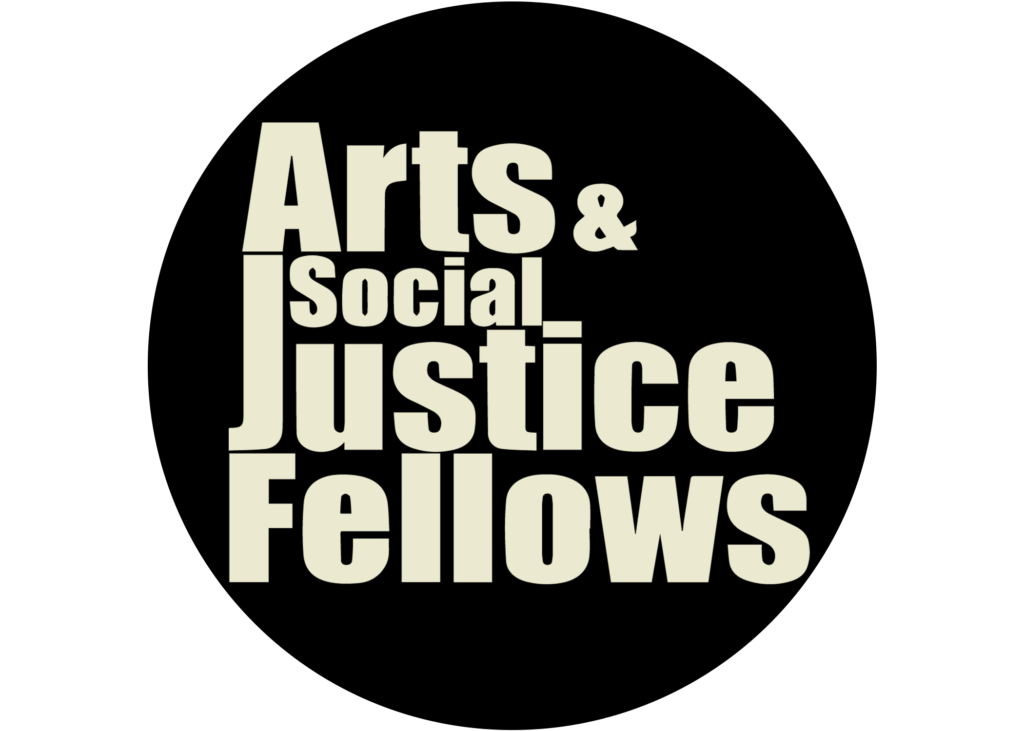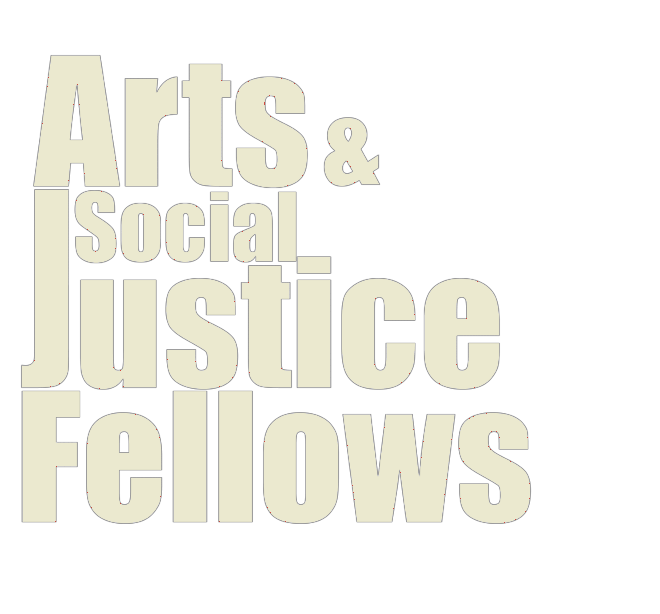Rasheeta Chandler, Nell Hodgson Woodruff School of Nursing, with Stephanie Brown, photographer and interdisciplinary artist
Emory 2021 Arts & Social Justice fellowship presents a unique collaboration between local Atlanta artist Stephanie Brown, Dr. Rasheeta Chandler, and six PhD in nursing students taking course NRSG 705 – Endogenous & Exogenous Determinants of Human Health.
Confronting Social Determinants of Health
The Process facilitated by artist Stephanie Brown
Self-Exploration
The process began with self reflection. The students were invited to explore their own sense of identity through an interactive Identity Workshop led by artist Stephanie Brown. In this the students reflected on who they are as researchers and as humans in the world confronting the words and bias that exists around who others perceive them to be and how they perceive themselves.
1:1
“The 1-on-1 meetings I had with each student is where the magic of the art making process came to life. It is in these meetings that I felt students finally felt ownership of the art piece and embraced the role of a conceptual artist. I asked probing questions about their research topic and we got down to the tiny details around what they want to tell the general public about their work. Why is their research important? What is one thing you wish more people realized? As nursing students, their research commonly stays in academia and within the medical industry but this program was an opportunity to create something that would bring their efforts to the greater public in an accessible and exciting way.”
Fabrication
The students contributed ideas and workshopped concepts with artist Stephanie Brown to determine what the final art piece would be. Some had the chance to get their hands dirty in the process of building and collaborating with other artists and technicians to fabricate the art pieces. Each student was responsible for helping to name their piece and write supporting copy that links their research to the final art piece.
About the Course
NRSG 705 – Endogenous & Exogenous Determinants of Human Health
This course explores the social determinants of health, defined as the conditions in which people are born, grow, live, work and age. These conditions are shaped by the distribution of economic resources and access to political power at global, national and local levels. This course is built on the expectation that new graduates from Emory’s PhD Program in Nursing will engage in scholarly pursuits that specifically aim “to promote and improve the health of individuals, families, communities, and populations.” -NIH National Institute of Nursing Research (NINR) Mission Statement. This course was taught by Dr. Lisa Thompson in partnership with Dr. Rasheeta Chandler
Sculptures
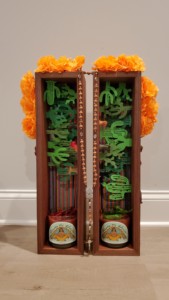
Mayra Sainz
Art Piece Title: Taking a Pause
This sculpture was inspired by the factors that promote injustices and resiliency in the Latinx community. Too often the factors, or traditions, we in the Latinx community honor are complex and two-fold; They provide comfort to some while also upholding a history of violence. The purpose of this piece is not to condemn Latinx traditions and culture, such as Catholicism, brujeria, marianismo or machismo, but instead to promote reflection that motivates people to think of ways we can reframe our shared narrative. A narrative that rejects the principals of white supremacy. A narrative that is truly respectful. A narrative that is truly inclusive.
We invite you to share in our message and take a sticker or button with you.
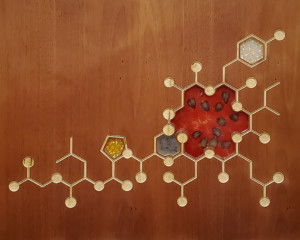
Abby Brit
Art Piece Title: Trauma, Epigenetics, and Oxytocin: Birth, Breastfeeding, and Bonding in Black Birthing People
This art piece explores trauma-mediated epigenetic changes in the oxytocin system of Black birthing people, who are disproportionately impacted by cumulative lifetime trauma exposure. The sculpture is in the shape of the oxytocin molecule with key components of the molecule filled with representations of different functions of the oxytocin system including birth, breastfeeding, and bonding with baby. The sculpture also includes a depiction of trauma as one component of the lived experience of some Black birthing people but seeks to showcase the power and resilience of survivors of trauma.
Bio – Abby Britt is a certified nurse-midwife with the Emory School of Medicine Department of Gynecology and Obstetrics at Grady Health system and a first-year PhD student at the Emory Nell Hodgson Woodruff School of Nursing. Abby is currently working with the Grady Trauma Project on a study entitled “Biologic Underpinnings of Maternal PTSD in Pregnancy” (PI Dr. Vasiliki Michopoulos), which inspired this artwork. Her PhD advisor is Dr. Nicole Carlson. Her research interests include perinatal health disparities, respectful maternity care, trauma/PTSD, epigenetic/physiologic impacts of stress/trauma on perinatal outcomes, trauma-informed care.
You can follow her work here:
https://twitter.com/gradymidwife
www.linkedin.com/in/abbybrittgradymidwife
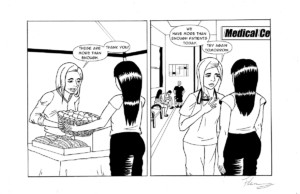
Carin Molchan
Art Piece Title: Enough is Enough
There are somewhere between 1.5 and 2 million agricultural workers hired annually in the United States. These workers provide the hand-harvesting required for nearly all the fruits, nuts, and vegetables that we eat. Long hours and brutal working conditions keep many Americans from wanting these jobs, and the low-cost labor provided by seasonal labor keeps the supply chain from turning to importation rather than home-grown food. Despite their vital role in our economy, our national food security, and our everyday lives, agricultural workers face inadequate living and working conditions that affect their health and the health of their families. Substandard housing, unacceptable rates of occupational injuries and exposures to pesticides, and the effects of extreme heat on their health are just some of the many concerns facing these workers. Ensuring access to basic medical services for preventative, primary care, and emergency care and reducing their barriers to seeking care is both a moral imperative and good for business. Like the abundance of fresh produce found in our supermarkets, our healthcare models should be providing more than enough to go around.
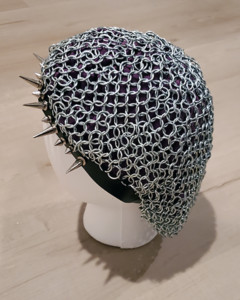
Octavia Vogel
Art Piece Title: Unprotected Strength: Bound, Free, and Last
“Bit by bit, 124 and in the Clearing, along with others, she had claimed herself. Freeing yourself was one thing; claiming ownership of that freed self was another.” -Chapter 9, Beloved, Toni Morrison
This quote from one of the seminal works centering Black womanhood asks us to consider how the past influences the present. In this way, this piece engages the audience in a symbol of Black womanhood and girlhood. The outside of the bonnet is covered in chain link to represent the concept of silent strength that is passed one from one generation to the next. The weight of the chain link also symbolizes the weight of armor that many Black women wear as they navigate the world. Despite the armor, the piece can be touched at any time representing the ubiquitous nature of violence against Black women. The studded band represents the many silent sacrifices that Black women have and continue to make even at the expense of their own health. The inside of the bonnet is plush, soft, and warm representing resilience, love, and faith. This piece also engages us in a larger conversation surrounding the bonnet and respectability politics. To learn more about how you can support Black women consider engaging with and giving to:
- https://blackandmissinginc.com/
- https://blackmamasmatter.org/
- https://thelovelandfoundation.org/
- https://www.nbwji.org/
- https://bwhi.org/
- https://bwa-inc.org/
- https://www.theokraproject.com/
- https://www.blackgirlssmile.org/
- https://essiejusticegroup.org/
- https://www.theblackfeministproject.org/
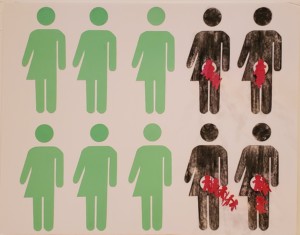
Hina Raheel
Art Piece Title: Biomass Fuel use and its impact on Newborns
Nearly 2.8 billion people around the world still use biomass fuels for cooking and 4 million people die prematurely due to causes related to household air pollution (HAP). HAP is a significant contributor to ill-health and pregnant women and children are especially at risk for being affected by air HAP. Use of biomass fuels for cooking and heating is a major source of HAP. HAP is linked with several adverse birth outcomes and babies born to women exposed to HAP are at high risk for these adverse outcomes. We, living in a privileged world should be mindful of the people living in such substandard conditions especially those from low-middle income countries. We are all responsible for the decline in our environment and should take responsibility for helping those living in these conditions. Your simple act of kindness can help a possibly preventable and devastating health outcome in a newborn. How you help someone is your call!
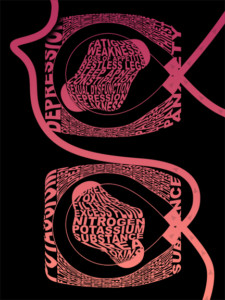
Naziya Noorani
Art Piece Title: Filtering Toxins, Returning Symptoms
Approximately 750,000 individuals in the United States are actively receiving dialysis treatments for the management of Chronic Kidney Disease, End Stage Renal Disease, and other diseases and disorders that impact the kidneys (United States Renal Data System, 2019). This art piece highlights some of the overlooked effects of receiving dialysis. Patients receiving dialysis, specifically hemodialysis, undergo treatments three times per week for 4-5 hours per treatment session. Although these treatments are necessary to remove excess fluid, electrolytes, and toxins from their bodies, patients receiving dialysis experience many treatment-related symptoms that often go unidentified or overlooked, such as pain, fatigue, nausea, and depression (Cox et al., 2017). This lack of symptom management results in increased emergency department visits and hospitalizations alongside a lower quality of life (Komenda et al., 2018). This piece is meant to shed light on the need to improve symptom management for patients receiving dialysis.
References:
Cox, K. J., Parshall, M. B., Hernandez, S., Parvez, S. Z., & Unruh, M. L. (2017). Symptoms among patients receiving in-center hemodialysis: A qualitative study. Hemodialysis International 21(4), 524–533. https://doi-org.proxy.library.emory.edu/10.1111/hdi.12521
Komenda, P., Tangri, N., Klajncar, E., Eng, A., Di Nella, M., Hiebert, B., Strome, T., Lobato de Faria, R., Zacharias, J. M., Verrelli, M., Sood, M. M., & Rigatto, C. (2018). Patterns of emergency department utilization by patients on chronic dialysis: A population-based study. PloS one, 13(4), e0195323. https://doi-org.proxy.library.emory.edu/10.1371/journal.pone.0195323.
United States Renal Data System: 2019 USRDS Annual Data Report: Epidemiology of Kidney Disease in the United States, Bethesda, MD, National Institutes of Health, National Institute of Diabetes and Digestive and Kidney Diseases, 2019
